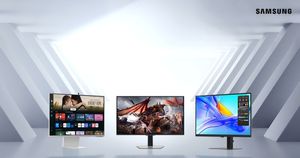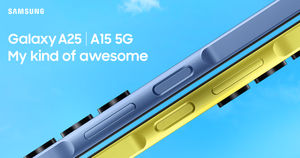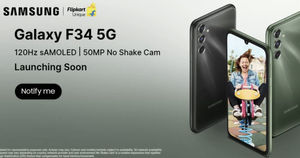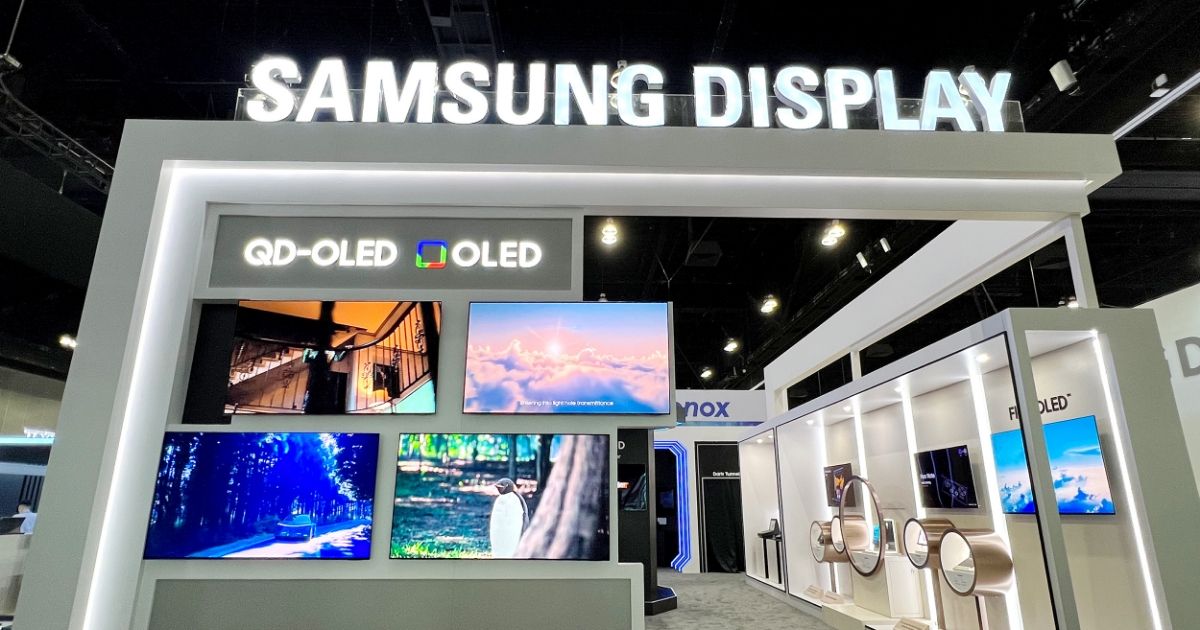
Samsung is a renowned entity in the display manufacturing industry, and also supplies OLED panels to Apple for the iPhones. The company has been working on a new OLED technology called phosphorescence which is more efficient than regular OLEDs.
These new panels will be referred to as PHOLEDs due to their phosphorescence properties. The latest reports indicate that Samsung is nearing the development of PHOLEDs and could launch these in the industry by 2025.
Samsung Close To Developing Blue Phosphorescent Diodes
A typical OLED screen consists of millions of individual LEDs clustered together in a fixed pattern. Each LED can emit only one of the three colours: red, green, and blue, and hence these are popularly known as RGB.
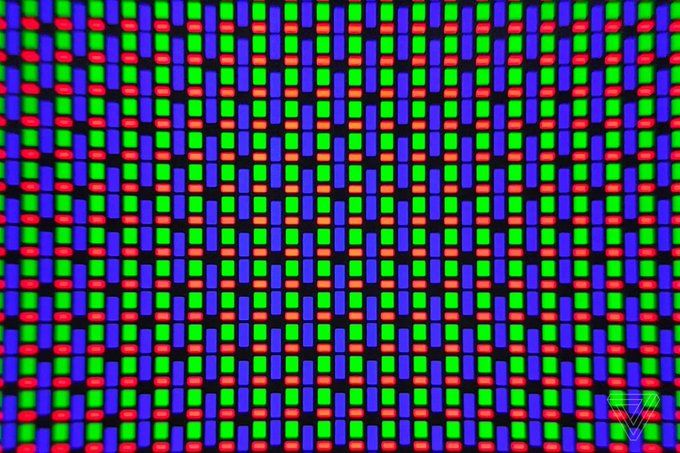
Until now, Samsung has successfully developed phosphorescent-based LEDs for red and green colours. However, the company has struggled to develop blue LEDs with the new technology. Samsung continues to use fluorescent-based blue diodes in its latest displays.
Due to this reason, even though Samsung uses phosphorescence in its displays, it still cannot name or market them as complete PHOLEDs. Things are about to get better as Samsung is close to overcoming this hurdle.
South Korea’s publication The Elec has reported that Samsung could start producing phosphorescent blue diodes by 2025. The company has finalized using a new material codenamed B1 to develop blue LEDs using the new technology.
The report further mentions that Samsung will use these new PHOLED panels in foldable devices. The company could launch these panels in consumer markets by the second half of 2025.
Interestingly, UBI Research says that Samsung is expected to continue supplying display panels to Apple for the next two years. The upcoming iPhone 16 and iPhone 17 could use Samsung’s M14-material-based OLED screens. It looks like Apple is leaning towards Samsung for its iPhone display panels, instead of LG or BOE.
What is Phosphorescence?

LEDs are made from semiconductors that emit light when a specific power is applied across them. The light can be emitted under two phenomena: fluorescence and phosphorescence.
Fluorescence means that light will only be emitted when the LED gets a continuous supply of power. As soon as the power is cut off, the LED will stop releasing light.
Whereas in phosphorescence, the LED can continue to emit light even when the power supply is stopped. This is because materials capable of phosphorescence can store power within themself, and then release it later.
This property of phosphorescent materials makes them more efficient than fluorescent-based diodes. And this is why Samsung has been trying to develop its OLED panels with phosphorescence technology.
Reports suggest that Samsung’s latest blue phosphorescent LEDs can offer up to 100% internal luminous efficiency, as compared to 25% efficiency on fluorescent diodes. This will reduce the overall power consumption of the display panel and improve the battery life of those respective smartphones.
